Big cats, such as lions, tigers, leopards, and cheetahs, have captivated humans for centuries due to their power, grace, and mystery. One of the critical elements of their hunting prowess lies in their eyes, specifically adapted for the rigors of their predatory lifestyle. This article delves into the unique anatomical and physiological features of big cats’ eyes, highlighting how these traits ensure their efficiency as hunters.
Eye Shape and Position: A Predatory Advantage
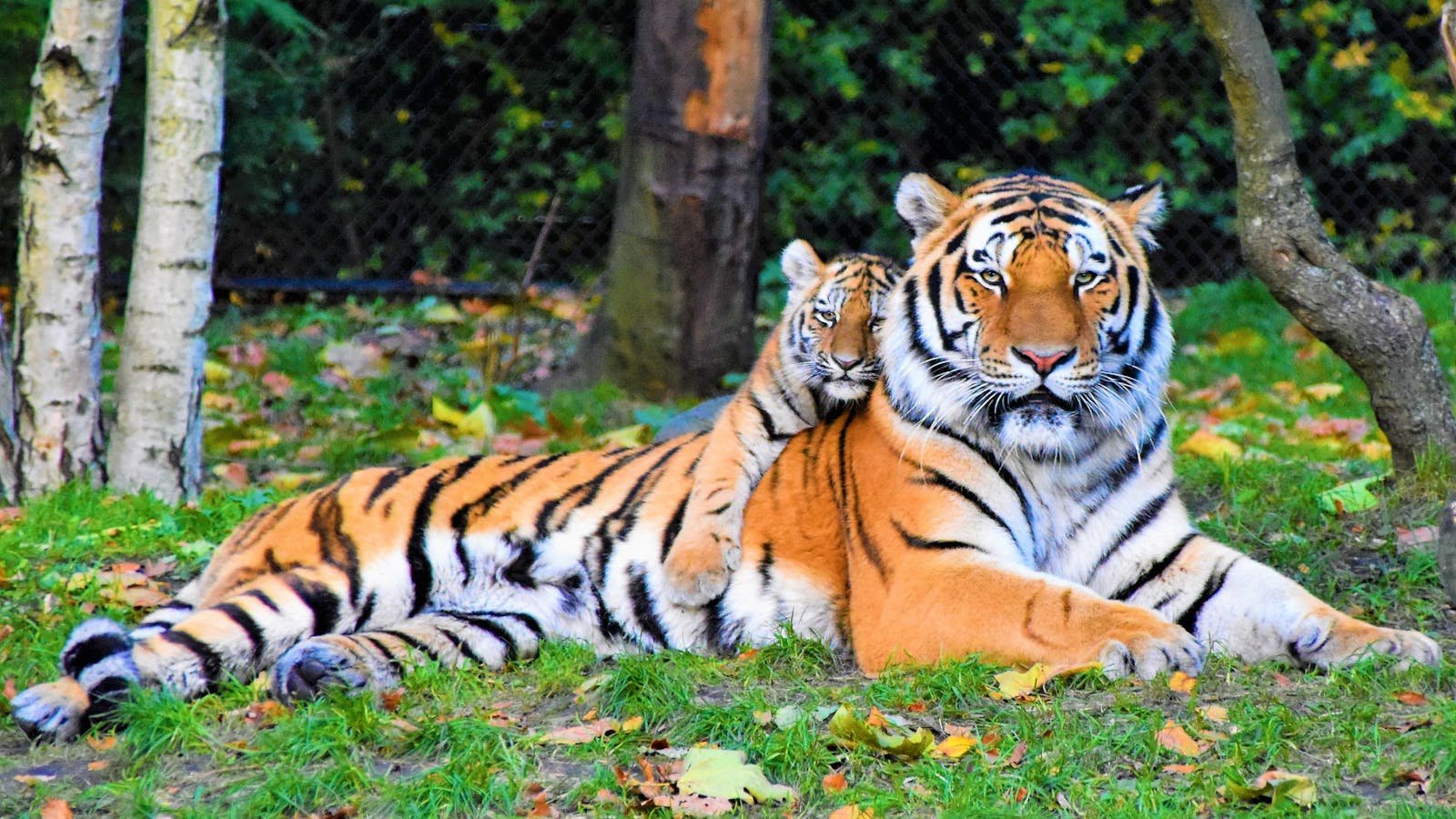
The eye shape and position of big cats are essential to their hunting success. Their forward-facing eyes provide depth perception, allowing them to judge distances accurately—a crucial skill when stalking prey. This binocular vision is a common trait in predators, distinguishing them from prey animals with eyes on the sides of their heads.
Pupil Dynamics: Controlling Light Intake
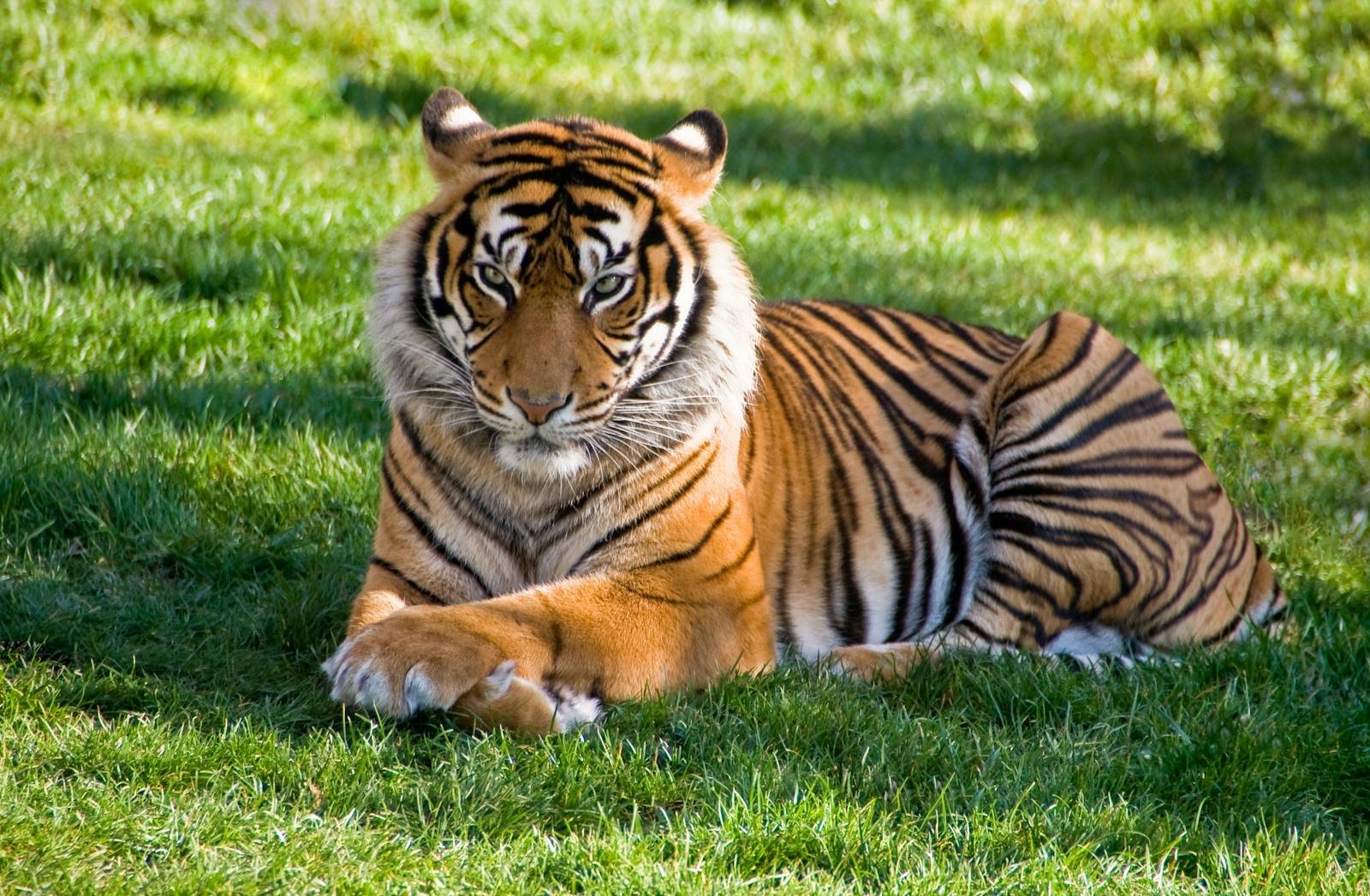
One of the most distinctive features of big cats’ eyes is their vertical slit-shaped pupils, which can dilate and constrict rapidly. This design offers excellent control over the amount of light entering the eye, allowing big cats to hunt effectively in varied lighting conditions, from bright daylight to the dim light of dawn and dusk.
Night Vision: The Role of the Tapetum Lucidum
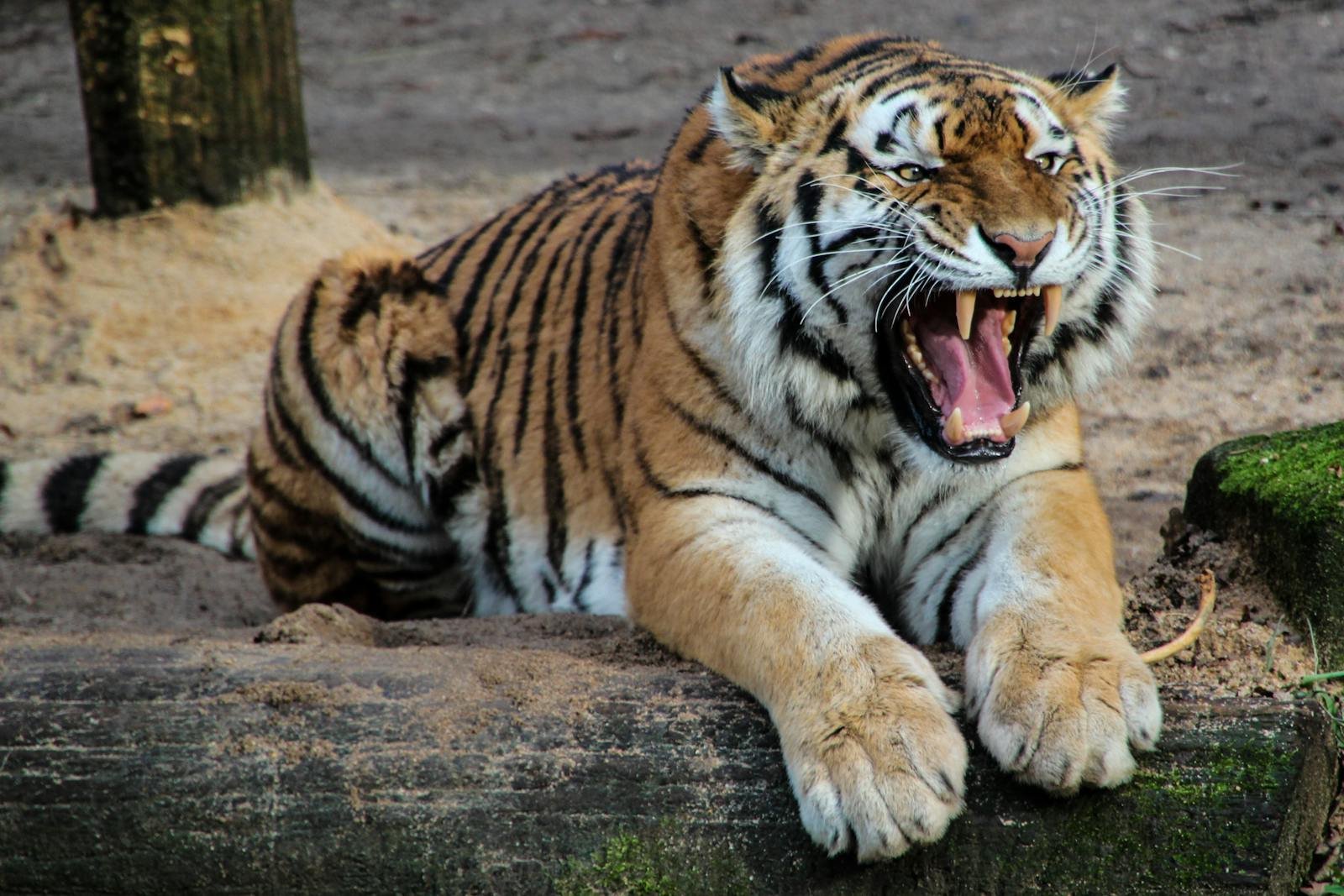
Big cats are often nocturnal or crepuscular hunters, making excellent night vision essential. The tapetum lucidum, a reflective layer behind the retina, enhances their ability to see in low light by reflecting light back through the retina, effectively giving photoreceptor cells a second chance to absorb the light. This adaptation is one reason cats’ eyes appear to glow in the dark.
Rods vs. Cones: Prioritizing Sensitivity Over Color
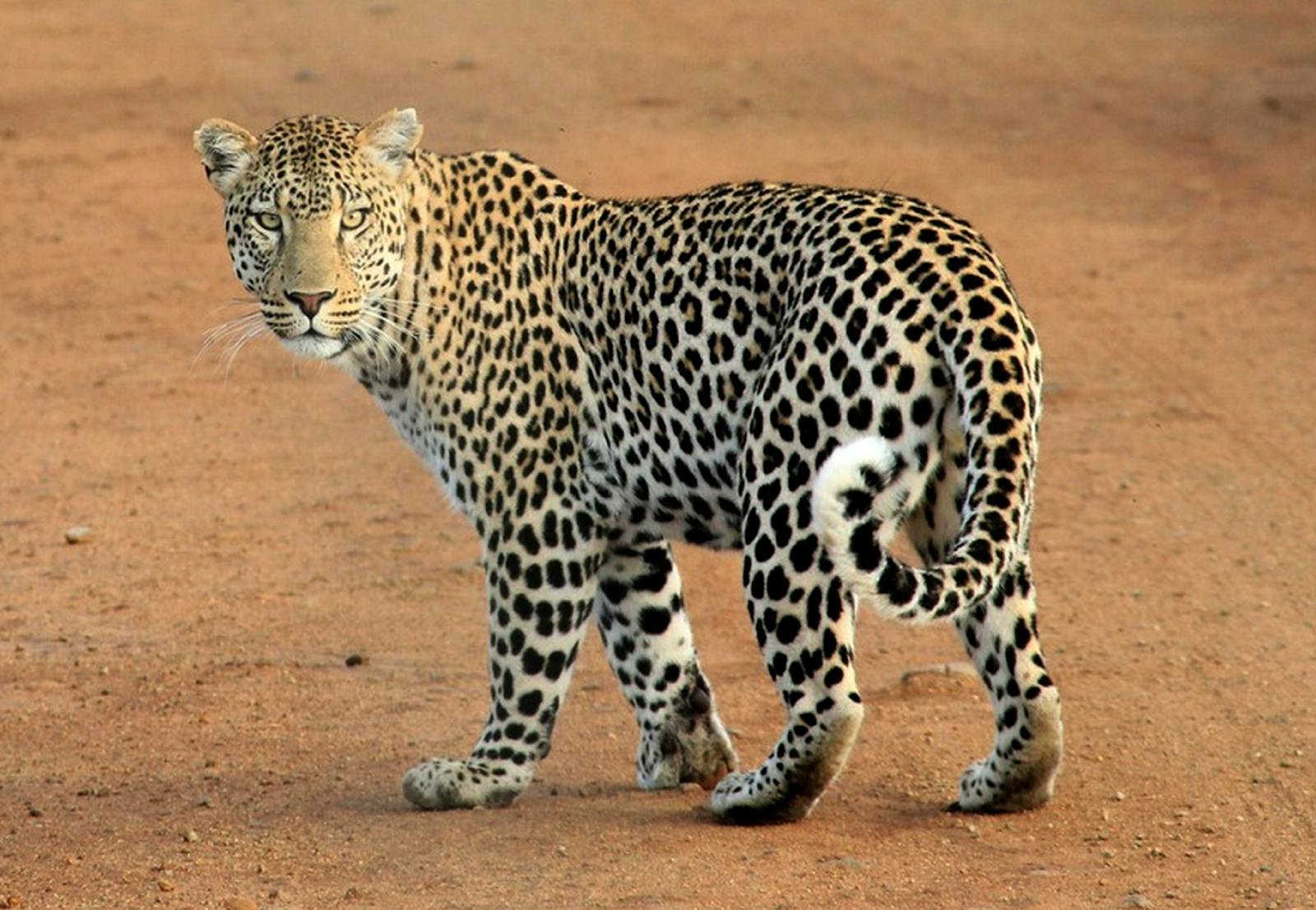
Big cats have retinas rich in rod cells, which are photoreceptors more sensitive to light but do not detect color. This adaptation allows them to detect movement and shapes in low light but limits their color vision. In contrast, their cone cells, responsible for color detection, are fewer, reflecting the evolutionary trade-off between color vision and light sensitivity.
Spectral Sensitivity: Enhancing Prey Detection
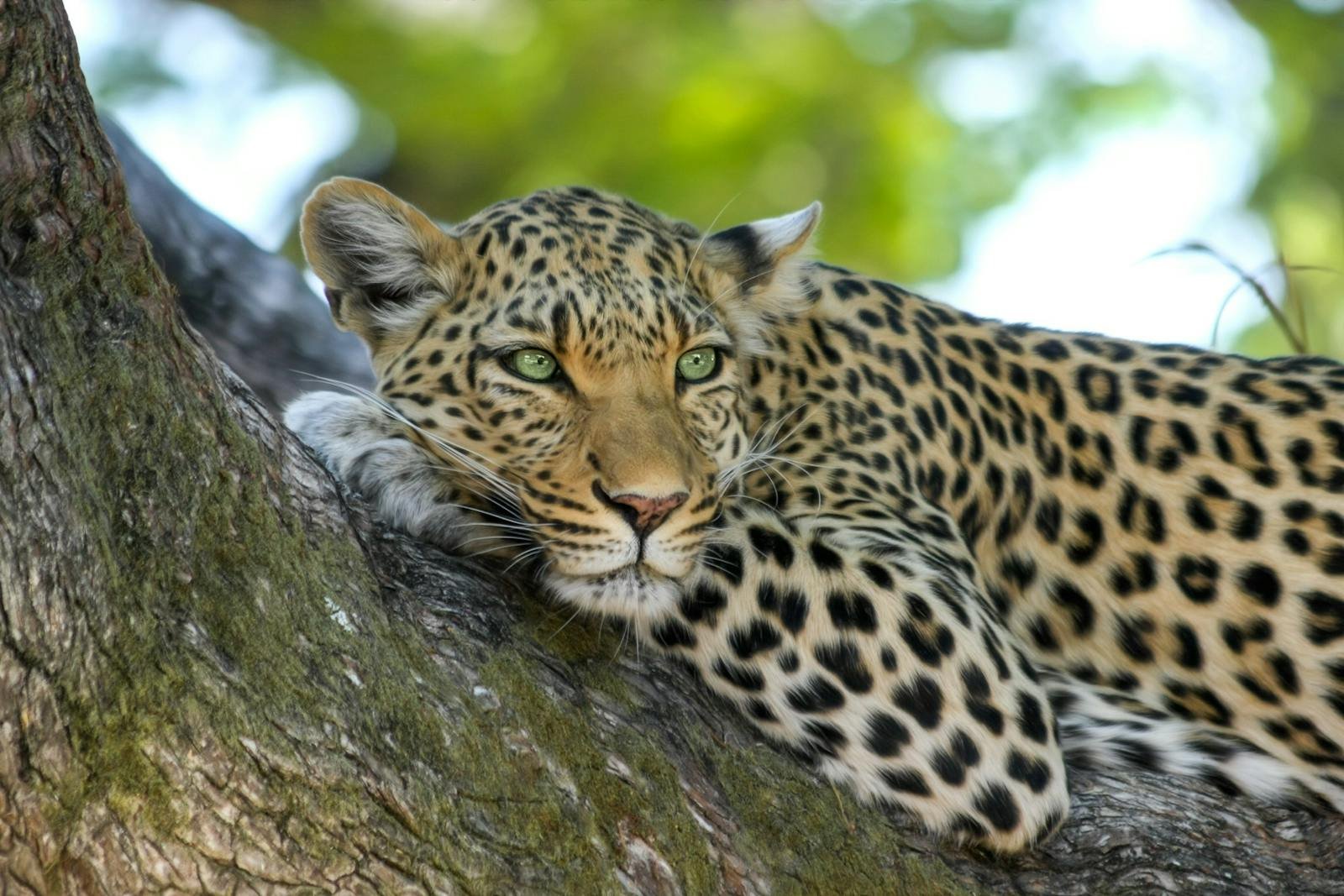
Though their color vision is less acute than that of humans, big cats are particularly sensitive to certain wavelengths of light. They can perceive bluish and greenish hues, which helps detect prey camouflaged in vegetation. This adaptation allows them to distinguish the movement of prey against a backdrop of nature.
Field of View: Balancing Focus and Awareness
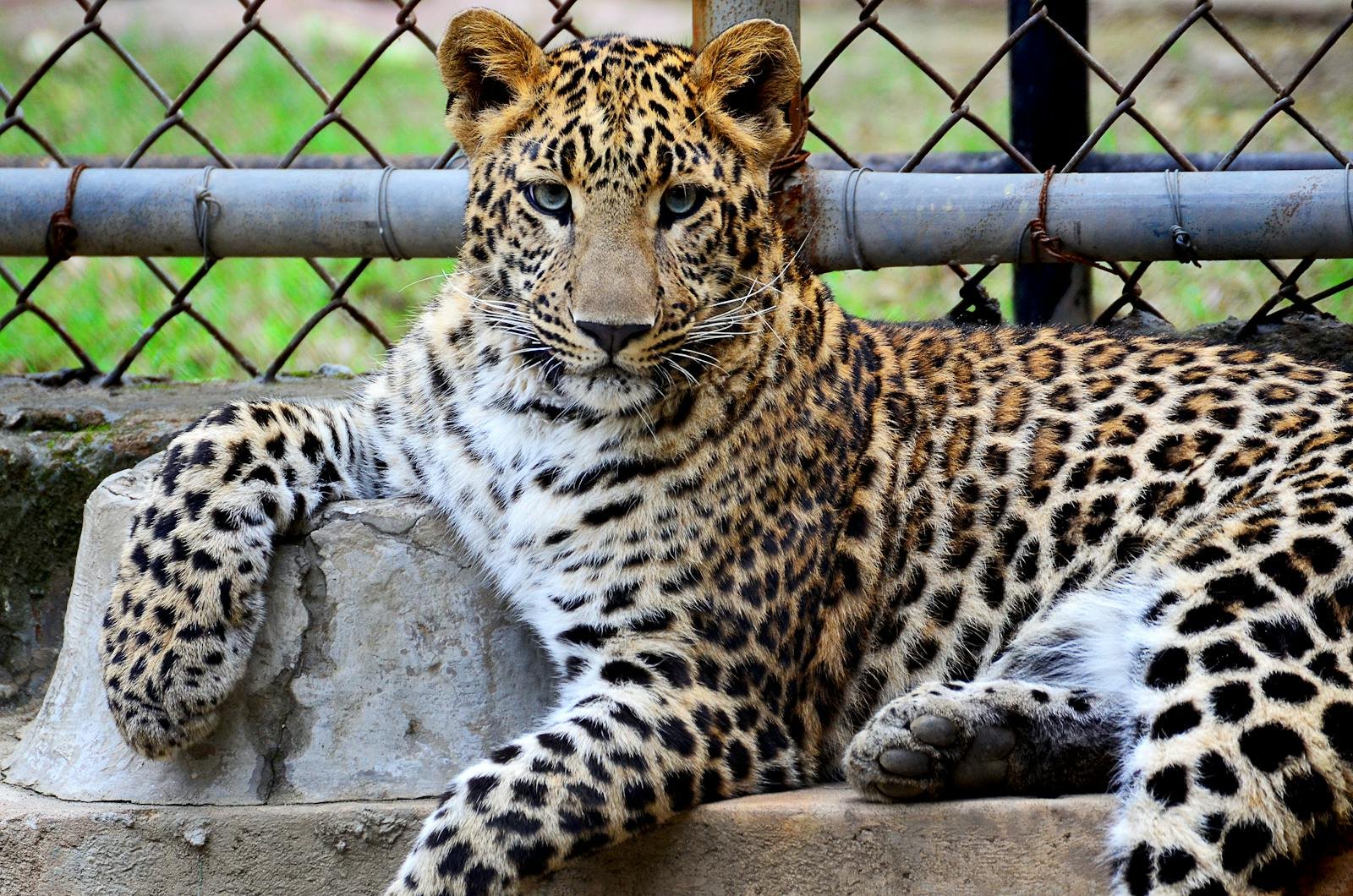
Their forward-facing eyes not only provide excellent focus but also allow a wide field of view, giving them a balance between precision and peripheral awareness. This adaptability enables them to focus on potential prey while remaining alert to other environmental cues that might indicate danger or additional prey opportunities.
Fovea: The Center of Visual Acuity
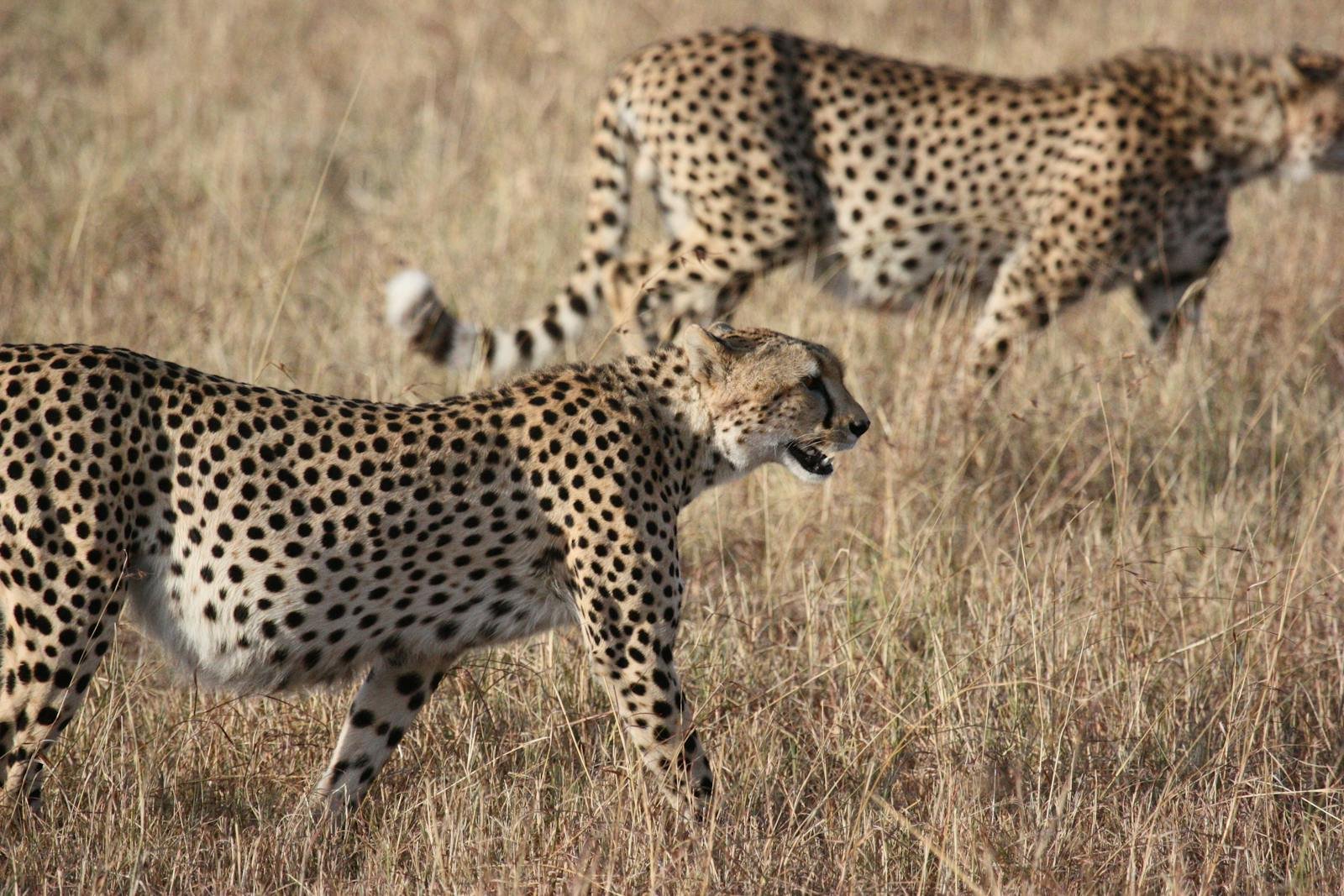
The fovea, a small pit in the retina, is densely packed with photoreceptors, providing sharp central vision. In big cats, the fovea is elongated horizontally, maximizing their ability to scan the horizon for prey and terrain changes. This adaptation helps maintain a detailed view of moving targets, even at high speeds.
Adaptive Memorization: Learning through Observation
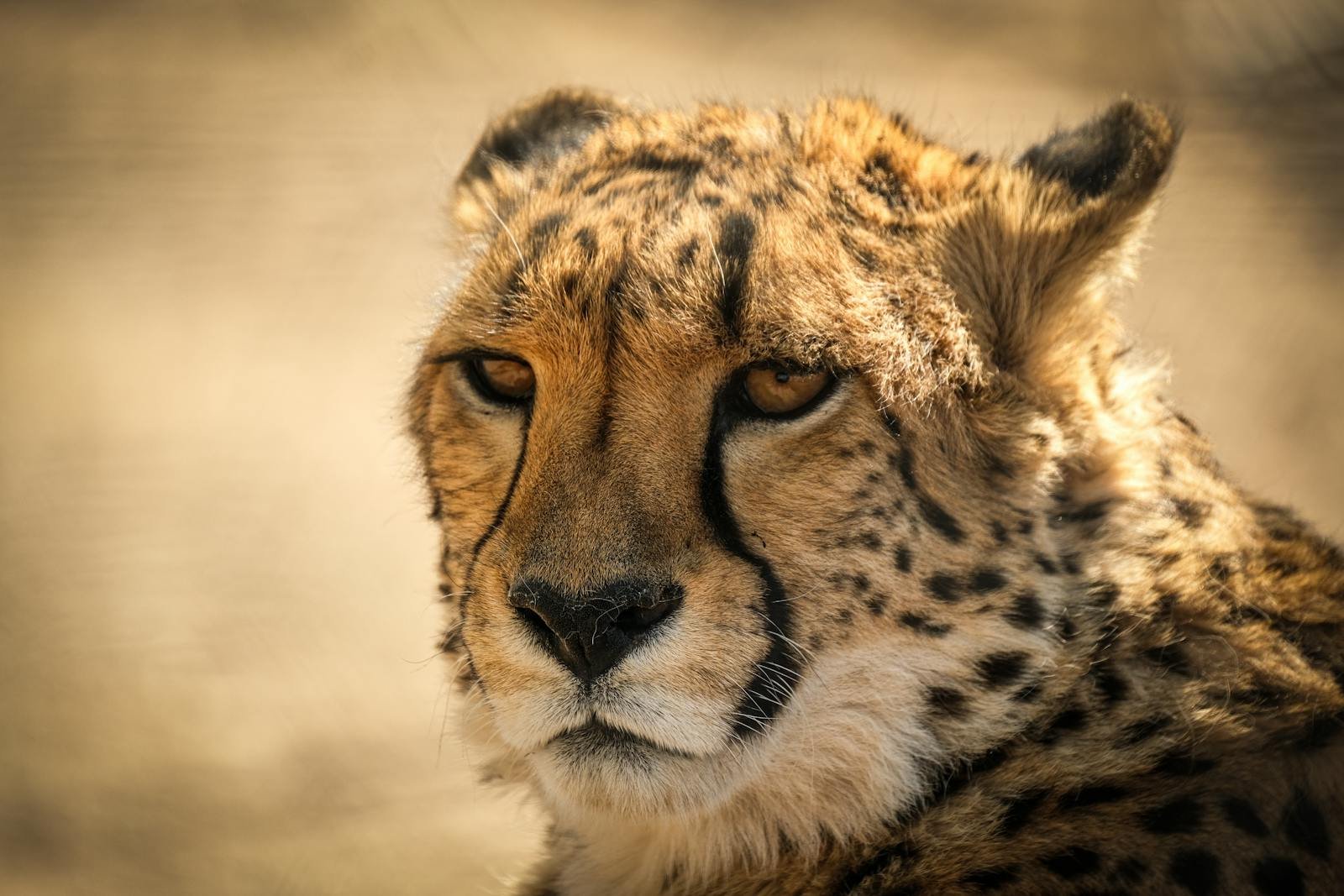
Big cats are also keen observers, with their vision contributing to their ability to learn hunting tactics. Young cats often watch and mimic older or more experienced hunters, which is a crucial element of learning the nuances of stalking, pouncing, and capturing prey—skills critical for survival.
Evolutionary Perspective: Survival through Sight
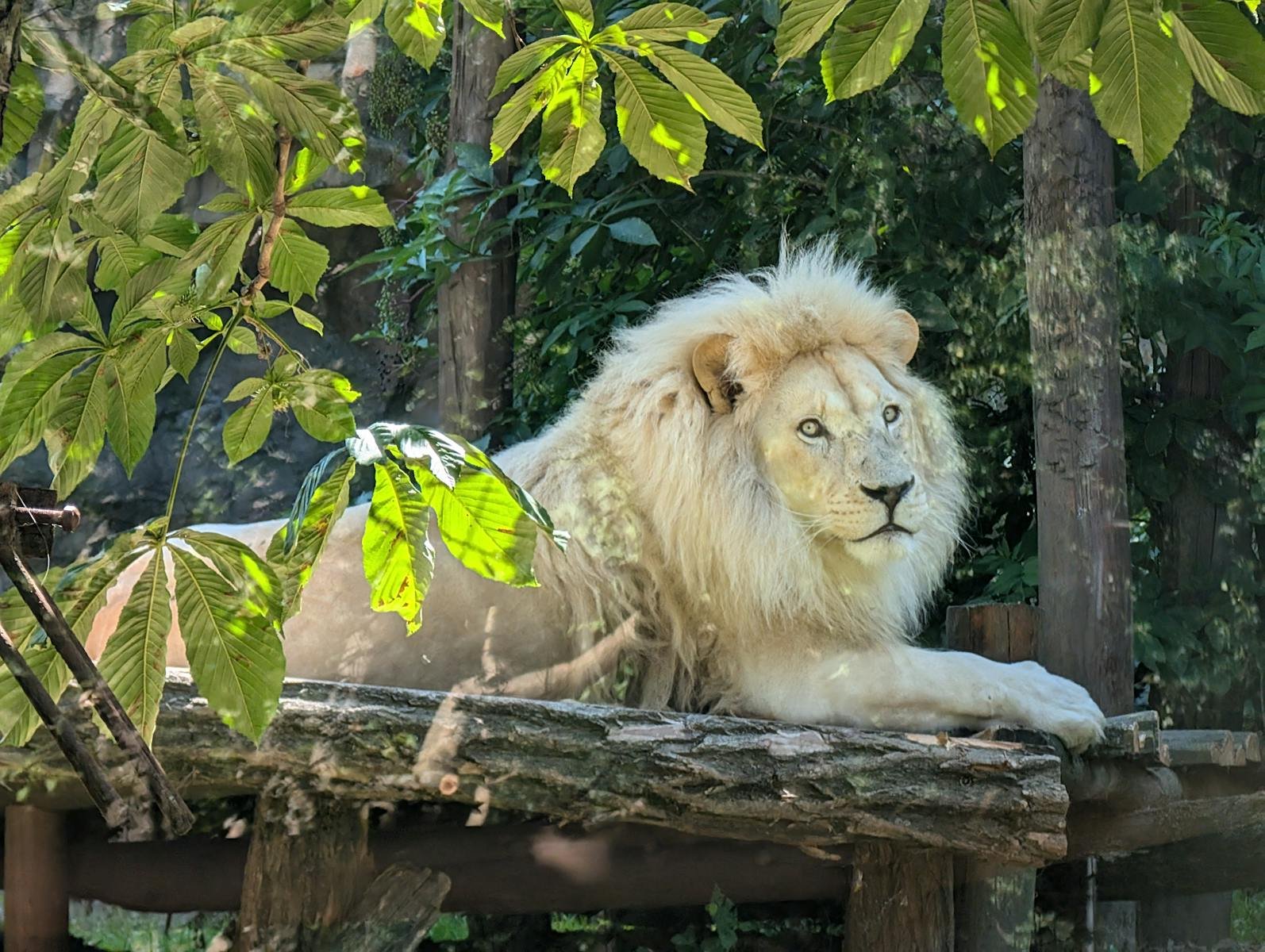
The intricate design of big cats’ eyes is the result of millions of years of evolution, aligning every feature with the demands of their predatory lifestyle. Their eyes symbolize their successful adaptation to diverse environments, from dense forests to open savannas, solidifying their role as apex predators.
Conclusion: The Perfect Predatory Design
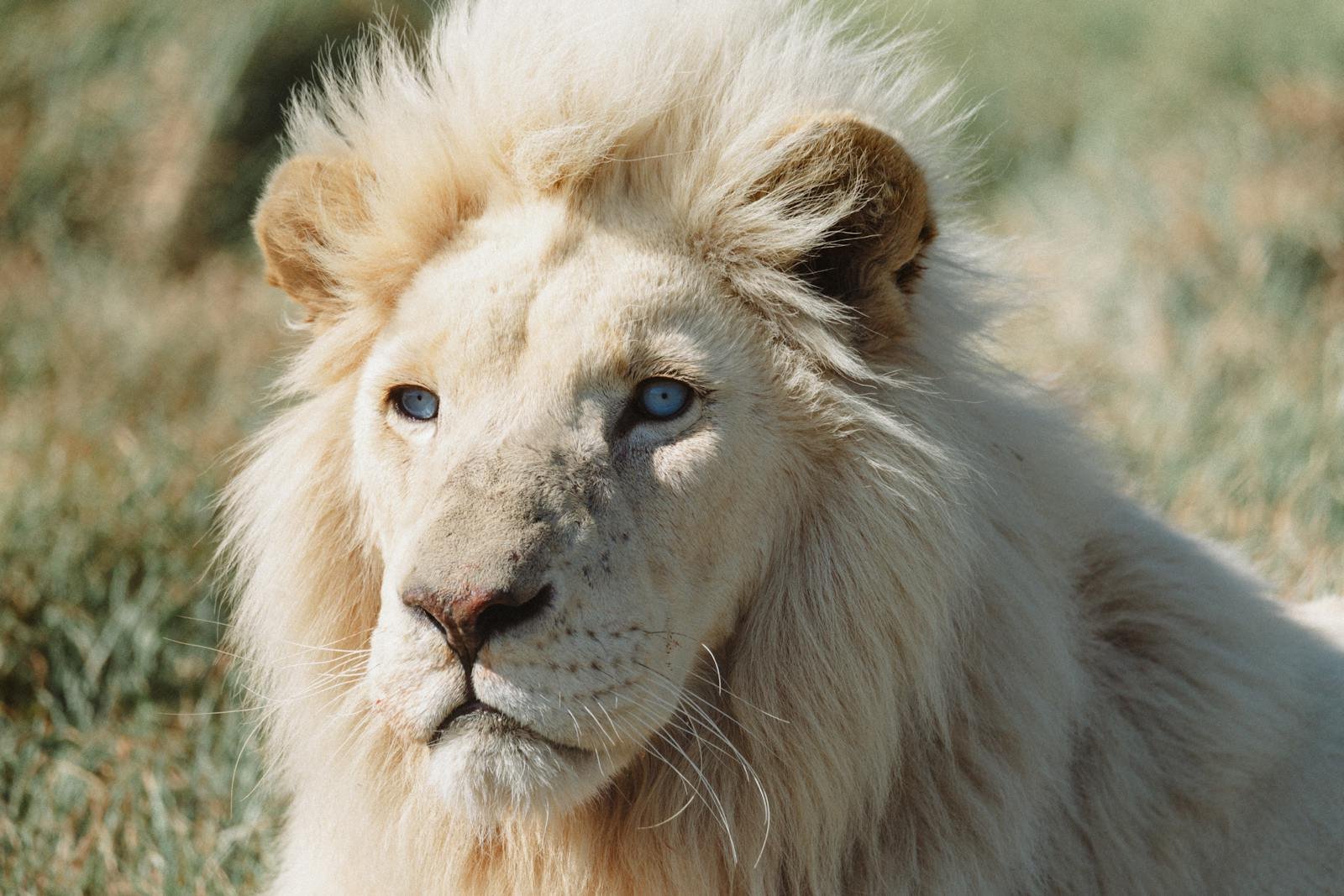
The eyes of big cats are marvels of evolutionary engineering, meticulously designed for the art of hunting. By understanding these features, we gain insight into their behavior, ecology, and the evolutionary pressures that shaped them. This knowledge not only enhances our appreciation for these magnificent creatures but also underscores the intricate balance of nature where each feature serves a purpose in survival.
Hi, I’m Bola, a passionate writer and creative strategist with a knack for crafting compelling content that educates, inspires, and connects. Over the years, I’ve honed my skills across various writing fields, including content creation, copywriting, online course development, and video scriptwriting.
When I’m not at my desk, you’ll find me exploring new ideas, reading books, or brainstorming creative ways to solve challenges. I believe that words have the power to transform, and I’m here to help you leverage that power for success.
Thanks for stopping by, Keep coming to this website to checkout new articles form me. You’d always love it!






